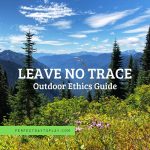
Leave No Trace & Outdoor Ethics – Zero Impact Family Adventures
A Comprehensive Introduction to Outdoor Ethics and Leave No Trace Principles: Actionable Guide to exploring the Great Outdoors with your kids and pets with minimal to no impact. Enjoy Our World. Leave No Trace.
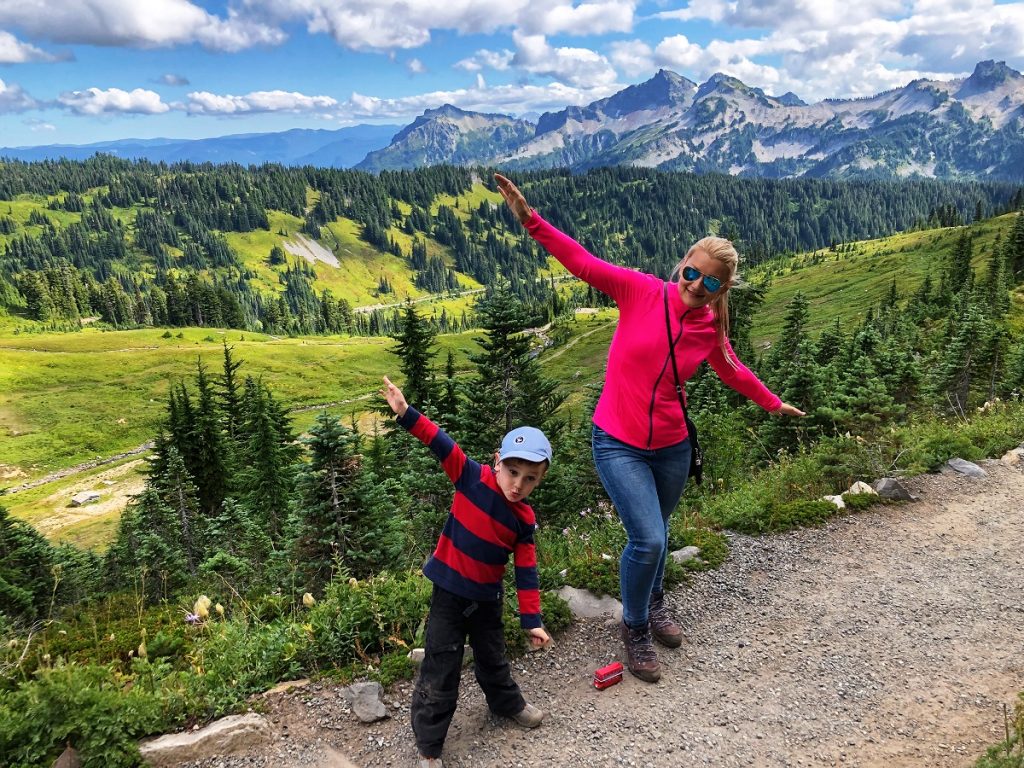
Are you an outdoorsy adventurer just like us? Do you enjoy spending time in nature? You’ve likely heard the phrase “Leave No Trace” at least once. What does it mean? Yes, there is a recent release on Netflix with the same name, but we are not to talk about the Leave No Trace movie here. Simply put, Leave No Trace Principles is a set of Outdoor Ethics and best practices outdoor adventurers should follow to enjoy natural spaces with the zero-impact goal in mind and to protect the mother Nature for future generations.
***This post may contain affiliate links and we may earn compensation when you click on the links at no additional cost to you. All product recommendations and feedback are ours and based on personal experience. Please refer to our Disclosure Policy.
You may also like:
- What To Do With An Old Baby Car Seat? How to Recycle a Car Seat?
- Smart Eco-Friendly Family Activities: Teach Kids Sustainability Practices
- Red Bucket Challenge: Beach Clean-up Action On Cigarette Pollution
- BROWSE All Eco Lifestyle Posts
.
What is Leave No Trace and Why is it important?
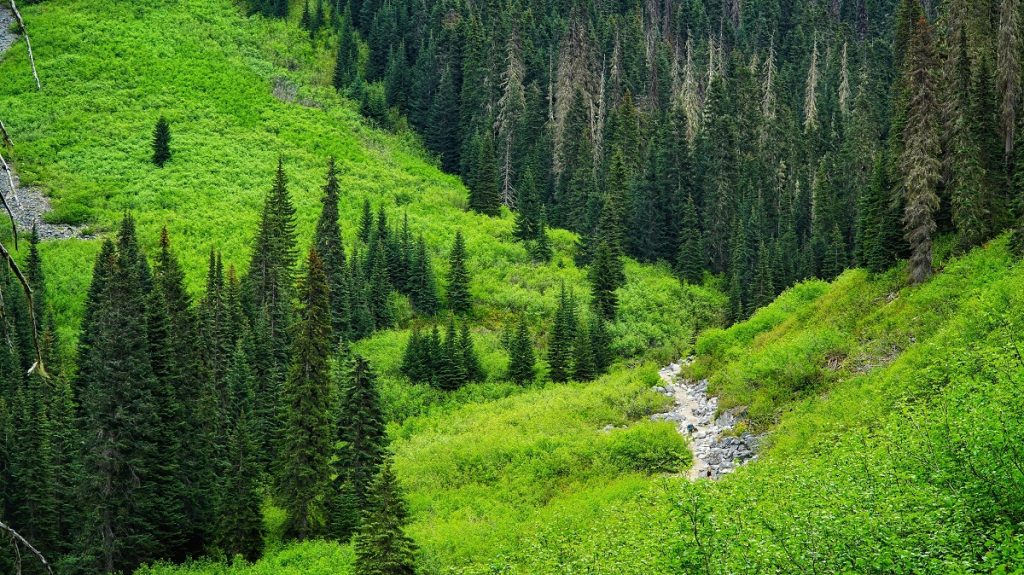
According to a popular website and a sustainable outdoors advocate REI Co-op, there are well over 100 million visitors on more than 10 billion outings in the U.S. alone each year. Canadian statistics are yet to be looked at… You can only imagine the magnitude of the impact our love for the outdoors can bring about.
Litter (microplastics and cigarette butts are the worst of it all), trail erosion, polluted water sources, invasive species, habituated wildlife, rock “art”, dog waste… these are just a few challenges that Mother Nature is faced with.
Red Bucket Challenge: Beach Clean-up Action On Cigarette Pollution
Most of us don’t intend to harm the great outdoors, of course, we simply do not “register” the impact or damage done… You won’t believe how many times I’ve rolled my eyes at someone throwing an orange peel into the bushes in the middle of a British Columbia hike while saying “it’s ok, it is organic and biodegradable”.
The most dramatically our impact is summarized by my fellow BC hiker and Outdoor Advocate – Taryn from Happiest Outdoors in her article “We Killed A Bear”
MUST-READ: We Killed A Bear by Taryn at HappiestOutdoors.ca
So yes, while we definitely do not intend to do harm, we may simply lack the knowledge on how to preserve our natural environment. Leave No Trace is the Outdoor Ethics and set best behavior practices when exploring the Great Outdoors. It is summarized in Leave No Trace seven principles.
.
Who Should Follow Leave No Trace Seven Principles?
Leave No Trace Seven Principles were originally put together as a guide for remote backcountry users who generally camp overnight. However, now the application of the guidelines to anyone who sets foot into the wild, a front-country trail, a local park, a local swimming lake picnic area, or even into the city community garden.
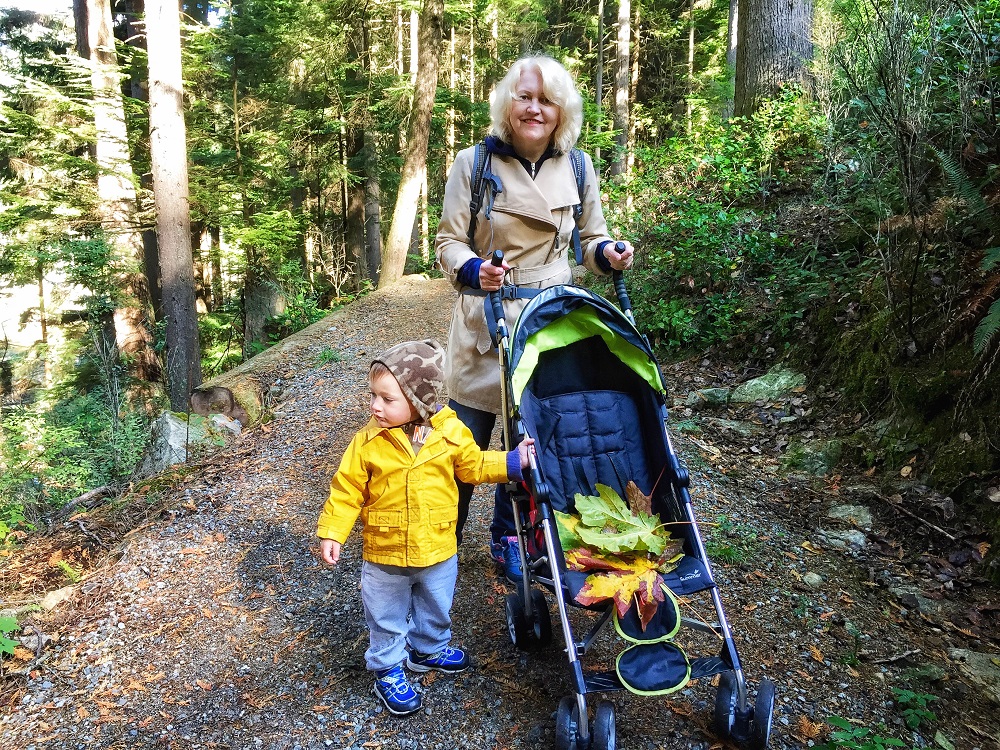
This means whether you are a backcountry camper, a fisherman, a dog walker, a hiker or just a regular person on a stroll through a park – you are encouraged to follow Leave No Trace seven principles.
Hiking with kids? Here is what you should read on Safety:
Hiking With Kids: 12 Simple Safety Rules Every Parent Should Follow
.
What Are the Seven Leave No Trace Principles?
.
Below I am listing all the seven Leave no Trace principles, and give recommendations on how to teach outdoor ethics to your kids.
.
Plan Ahead and Prepare
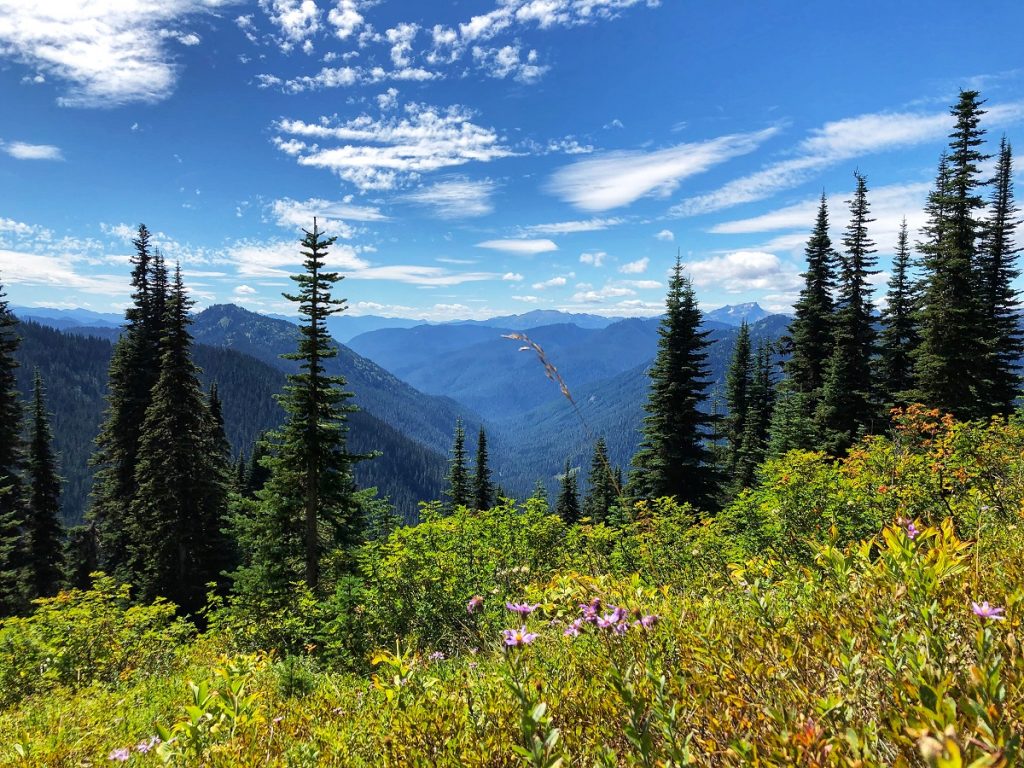
The first Leave No Trace principle is to plan ahead.
For backpackers and backcountry hikers, this would mean researching trail info, weather forecasts, park rules, trail conditions before the hiking or camping trip and knowing the regulations and special concerns for the area.
For “regular people” in our day-to-day nature encounters, this may mean bringing along a doggy bag and cleaning up after our pets; or bringing along a container to put out your cigarettes and properly dispose of those thereafter instead of tossing a cigarette butt under your feet.
There are many ways you can prepare and plan ahead.
.
Travel and Camp on Durable Surfaces
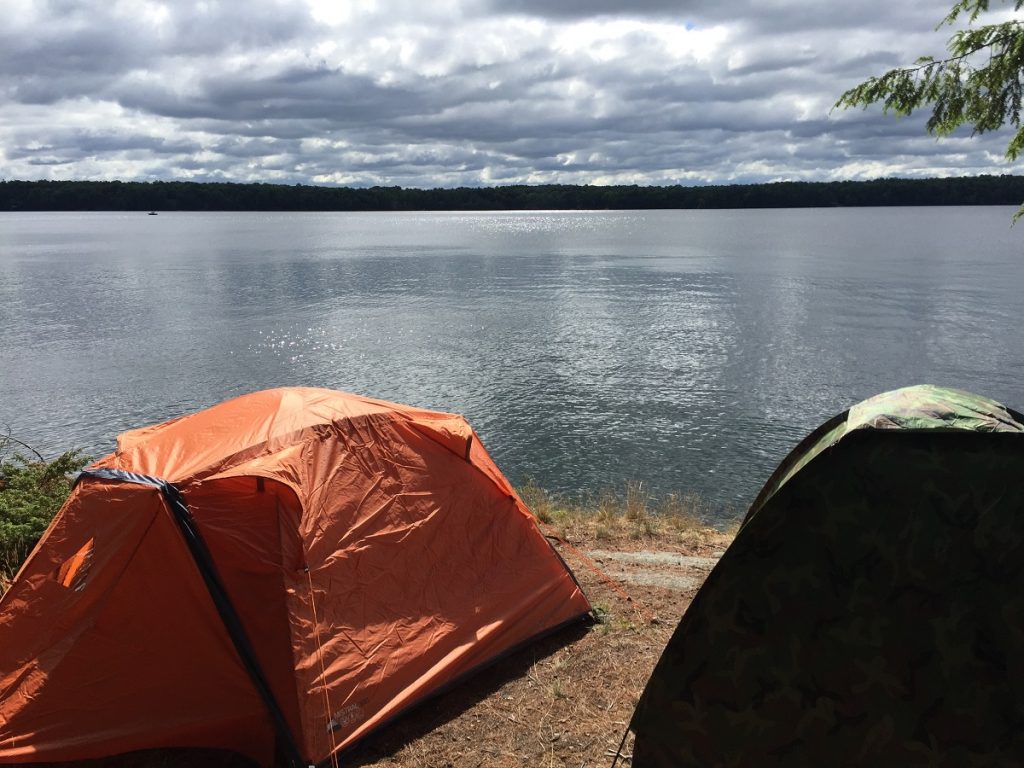
The second Leave No Trace principle of hiking and camping on durable surfaces encourages you to choose established trails, and campsites not to disturb vegetation and fragile ecosystems. Whether you are setting up a tent or are taking a hike through the park with your kids, stay on the trail and give preference to rocks, gravel, and snow.
.
Dispose of Waste Properly

A rule of thumb of the third principle is: pack out everything you packed in. This includes litter, packaging, cigarettes, pet waste, and all the food scraps and peels. No more “it is organic” argument. All waste, even eggshells, banana peels, and cooking oil have to be packed-out and properly disposed of with a local waste management facility.
One of the common behaviors to abstain from is to NEVER burn your trash at a campfire. Some materials are toxic when burning, and some are not burning at all.
For campers and backpackers, this also means to learn how to poop and wash the “Leave No Trace way” with minimal to no impact to the area, and as becoming more and more common – pack it out!
.
Poop Talk
Yes, you’ve read it right. More and more parks and environmentally fragile areas are adopting rules and regulations that require hikers and campers to take out ALL they brought with them, including their own poop.
Check out these interesting articles on the topic:
- Mountains Turning Into Human-Waste Lands
- Mountain Manners: The Poop Talk
- Aconcagua visit rules – Scroll down to “on matters of poop and scoop”
.
Leave What You Find
“Leave natural and historical items where you find them. Don’t move them or bring them home with you.” — The fourth Leave No Trace principle seems to be common sense for adults, but HOW in the world are you to explain this to kids?!! You should nevertheless try, and start educating your little ones early.
No stones for stone collection, no shells or corals, no sticks or cut flowers – as all of these are homes to birds, insects, and other little creatures.
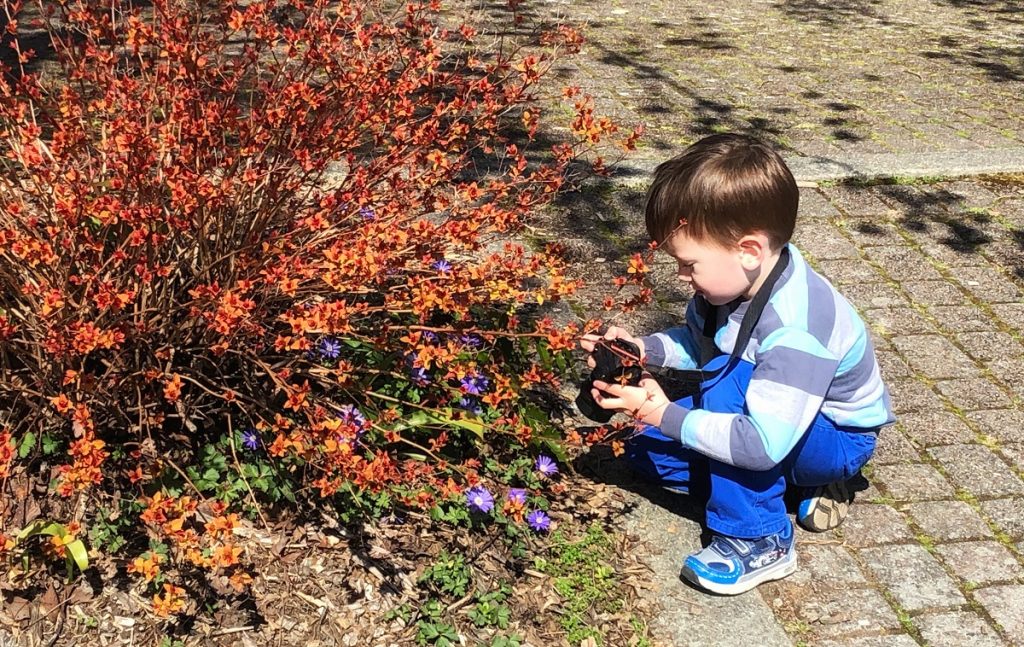
We have started teaching our 4yo Cosmos to bring only memories and pictures.
TIP FOR PARENTS: Did you see something interesting? Snap a photo! That is the best way to share memories and keep a collection to show your friends. Bringing a live caterpillar in a glass jar is simply cruel to the poor creature. Taking a photo of that caterpillar – and you have it in your virtual collection for as long as you want it!
Have you started to teach your kids sustainability and eco living yet?
more Fun Family Eco-focused Learning
Here are some resources:
Top Children’s Books On Environment: Teach Kids to Reduce, Reuse & Recycle
Smart Eco-Friendly Family Activities: Teach Kids Sustainability Practices
Graffiti or “rock art” is NEVER acceptable, unless you happen to live in that cave that is…
.
Minimize Campfire Impacts
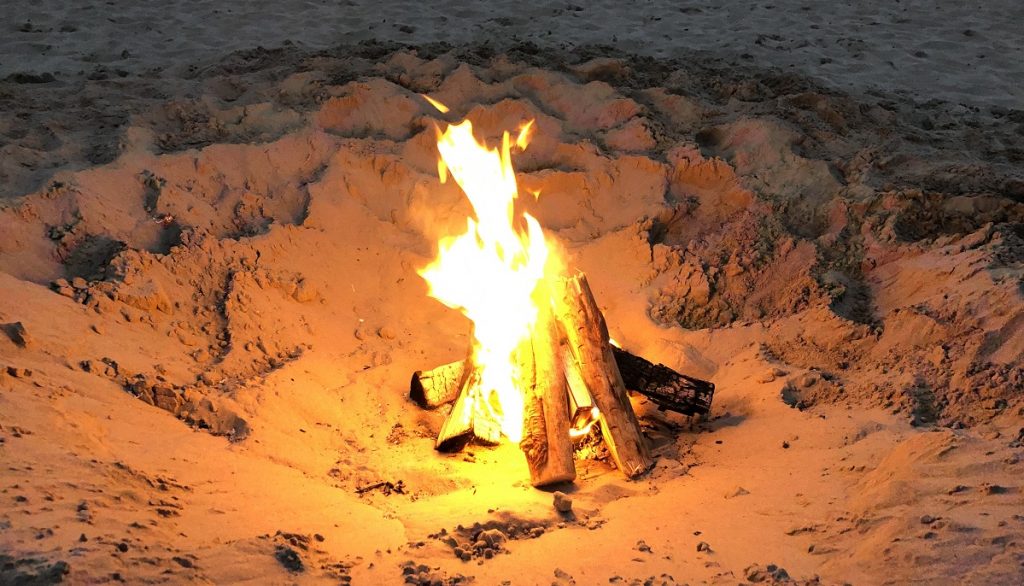
Campfires are the most romantic, inspiring, and precious camping ritual. Some of my brightest childhood memories are about sitting around a campfire, cooking hotdogs, and making marshmallows with my family and friends when on a camping trip. That’s probably why I love the Great Outdoors so much!
Campfires, however, have a lasting impact on the backcountry. Even the most innocent campfire can cause wildfires if not put out properly – the ultimate devastating effect on wilderness.
Therefore, it is extremely important to learn how to minimize our impact. Respecting Parks rules and regulations, abiding by seasonal fire bans, using existing campfire sites, and building fire rings is a great start. another item on the Outdoor Ethics list is keeping campsites free from litter and not burning your garbage in the campfire pit. Even better: bring no-cook camping food with you and you won't need fire at all!
Here is a quick video on complete Campfire Safety:
.
Respect Wildlife
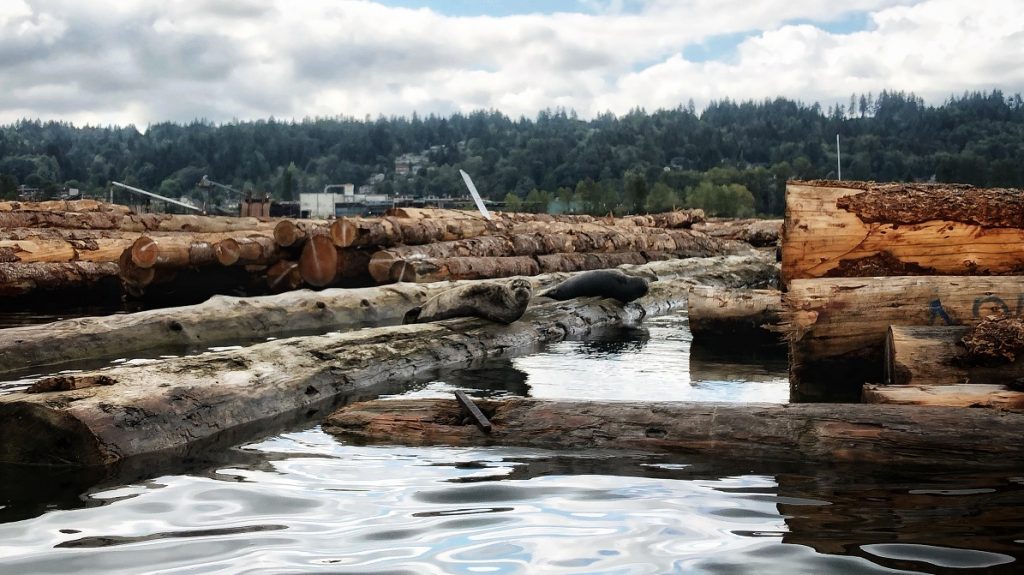
Sixth Leave No Trace Principle is about respecting your “hosts” – all wildlife – animals, birds, trees & plants, marine life, and even insects. You come into their home to explore and make amazing memories, merely as a guest.
Give animals some space, and make sure your kids and your dog do too. Observe wildlife from a distance. Do not follow or approach them. Never feed animals or birds. It is actually against the law to feed wildlife here in British Columbia, did you know that?
In addition to the above common-sense rules around animals, something that is not talked about much but I wan to highlight it here – do not bring your toxins with you! Unless you have already switched to all-natural solutions, you may not realize how much toxins and chemicals can be in our personal care and household products – sunscreens, bug sprays, perfumes, hand sanitizer, shampoo, dish soap, etc. Toxins and chemicals kill vegetation, and if they get into a water stream, they can kill fish and other aquatic life.
When packing for a camping trip, bring ONLY biodegradable chemical-free products with you. Do NOT use spray-sunscreens.
Check out our article on natural chemical-free sunscreen options: 8 Best Natural Sunscreens For Kids. Organic. Chemicals-Free.
.
Bear Safety
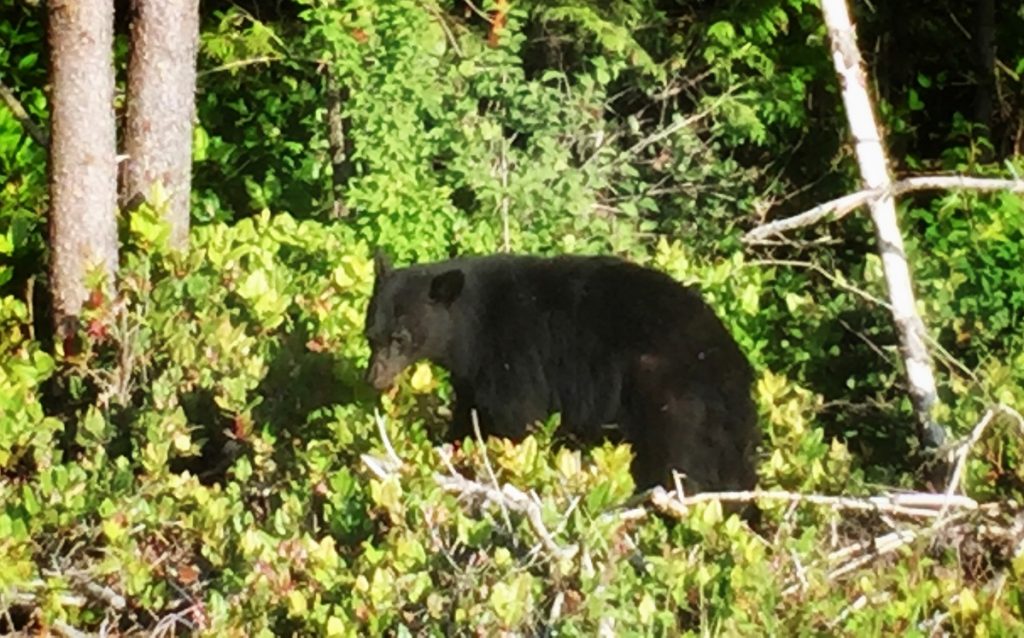
Beautiful British Columbia is a bear country. It is common to see black bears, and even sometimes grizzly bears when hiking or camping in the backcountry and in the mountains.
It breaks my heart though how many times I have heard a zero-respect bravado from fellow hikers on how they have a gun permit or how they are bringing pepper spray along…
First off, IT IS ILLEGAL to kill a bear in BC.
Secondly, your pepper spray or dog spray would not work. You have to bring about a special bear spray. These are the most effective for your safety AND the most gentle on the bear itself as they are non-toxic and non-lethal means.
Here is more information:
.
Be Considerate of Others
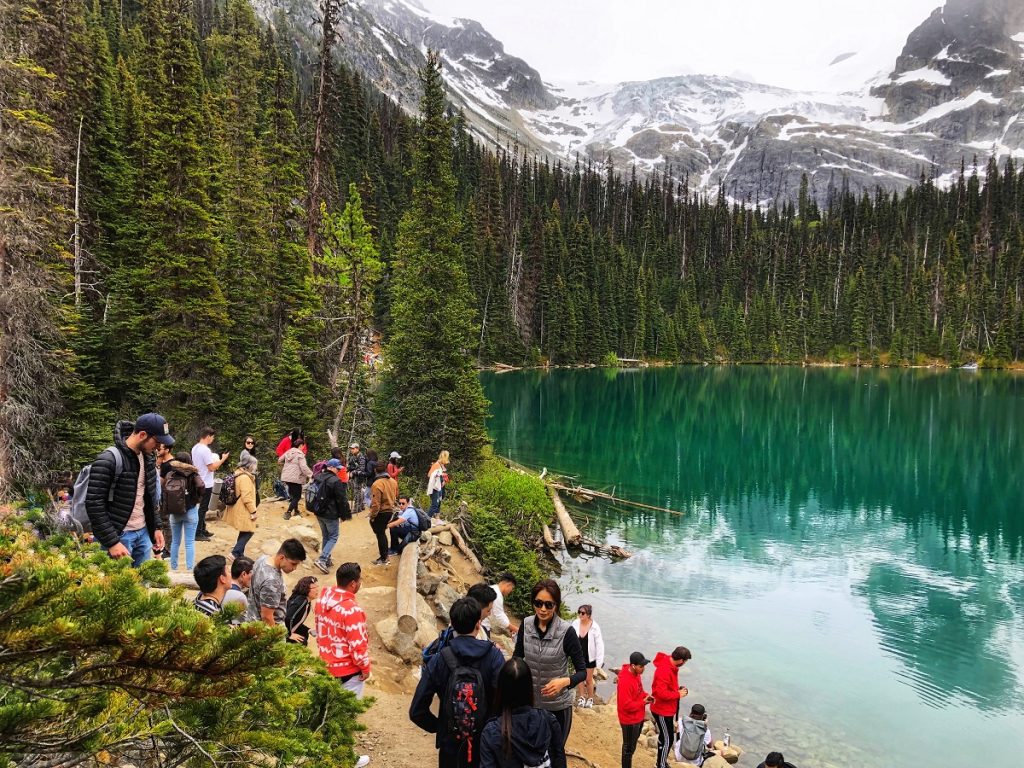
As you explore the Great Outdoors, backcountry or front country – you will encounter other fellow hikers and campers. “Treat others the way you would like to be treated” is a great way to reword this seventh Leave No Trace principle.
Loud music, loud talk, unleashed dogs, smoking on a trail, littering, not cleaning the campsite after yourself – these are just a few behaviors we recommend to be avoided. There is more to the Outdoor Ethics of course.
.
Where to Find More Information on Leave No Trace?
Leave No Trace Centre for Outdoor Ethics
The Leave No Trace Center for Outdoor Ethics is the parent organization for the Leave No Trace movement based in the USA. It protects the outdoors by teaching and inspiring people to enjoy it responsibly. The Center accomplishes this mission by delivering cutting-edge education and research to millions of people every year.
Their motto is: “Enjoy your world. Leave No Trace.”
Website: https://lnt.org/
.
Leave No Trace Canada is a national non-profit organization dedicated to promoting and inspiring responsible outdoor recreation through education, research, and partnerships. Leave No Trace builds awareness, appreciation, and respect for our wildlands.
Website: https://www.leavenotrace.ca/principles
.
Taryn Eyton @ Happiest Outdoors is an active hiker, adventure traveler, outdoor blogger and Leave No Trace Master Educator from Vancouver, Canada.
Website: https://happiestoutdoors.ca/how-to-leave-no-trace/
.
REI Coop – a popular outdoor co-op, working to help everyone experience the transformational power of nature. An excellent resource on Leave no Trace principles, and on any other information for outdoor lovers and explorers!
Website: https://www.rei.com/learn/expert-advice/leave-no-trace.html
.
Leave No Trace Dude – popular outdoor blog on the topic of Leave No Trace. This website is one of the many Outdoor Dudes series that give you a great overview and recommendations on how to best explore the great outdoors and follow Leave No Trace principles.
Website: http://www.leavenotracedude.com/
.
We hope this quick summary of the Leave No Trace movement and Outdoor Ethics principles have been both educational and inspiring.
Ready to implement these seven principles?!! Check out our Beautiful British Columbia Hiking and Camping guides to find the best hiking trails! Never forget about safety when hiking with kids.
.
Enjoy!
Cheerfully yours,
Alexandra, Alex & Cosmos
.
Share your pictures on social media! tag #PerfectDayToPlay to be featured on our Instagram!


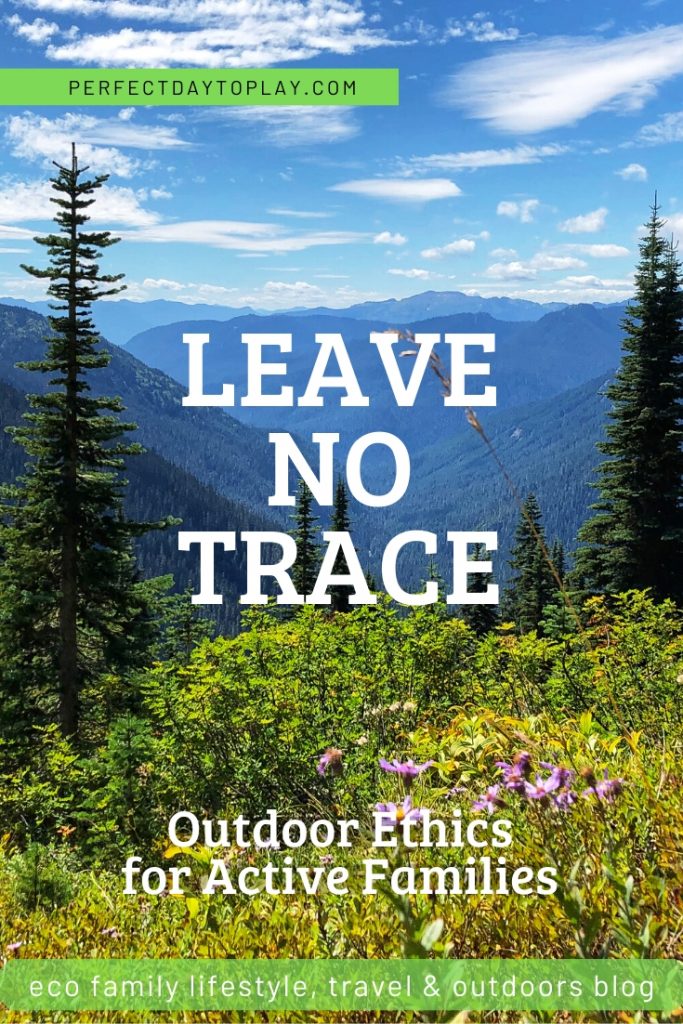
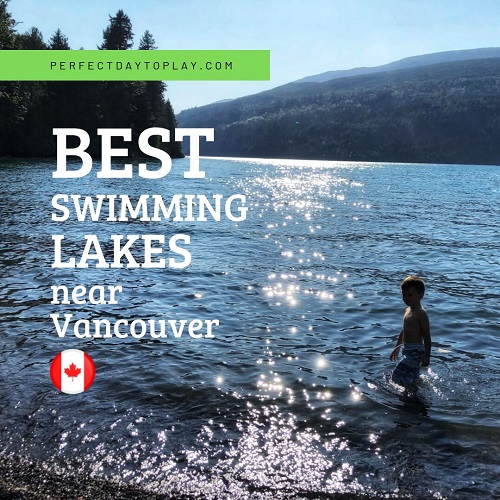

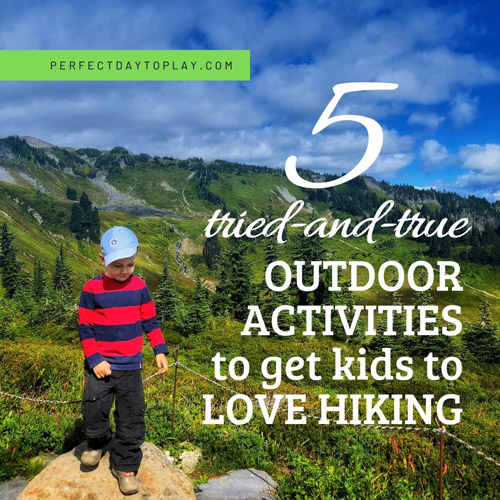


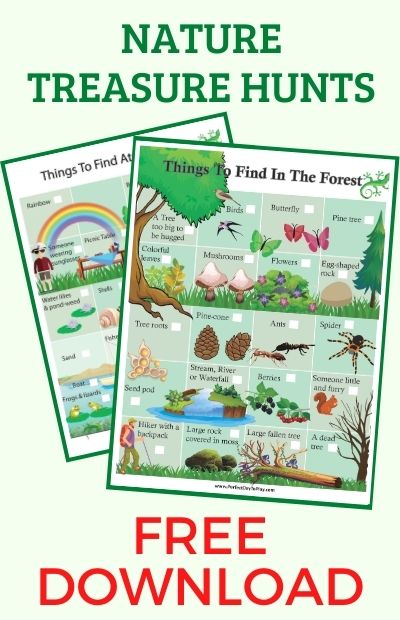

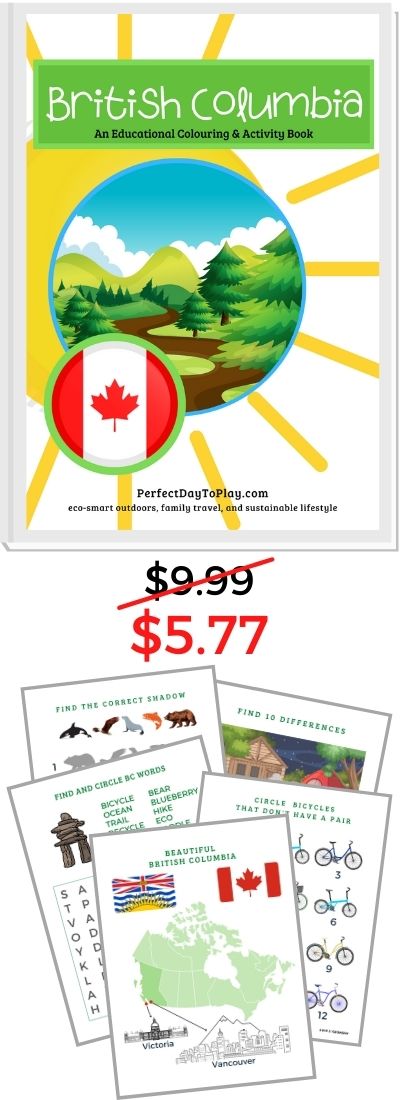

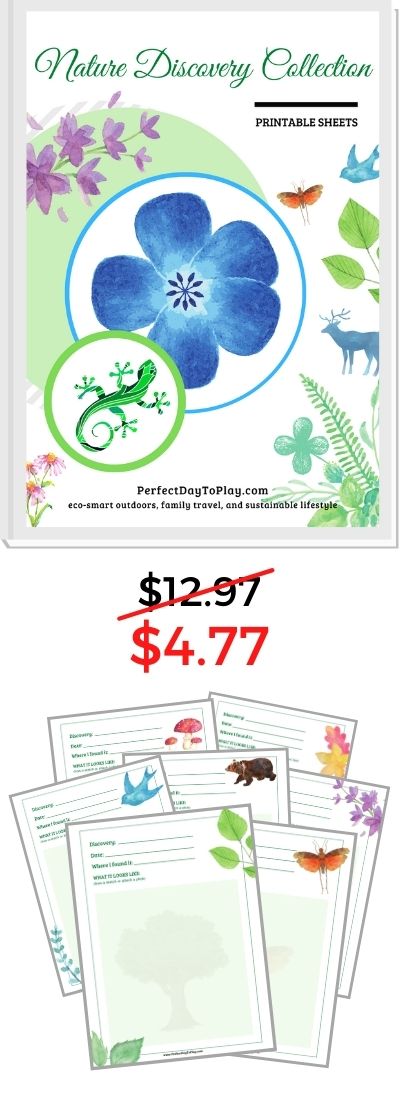



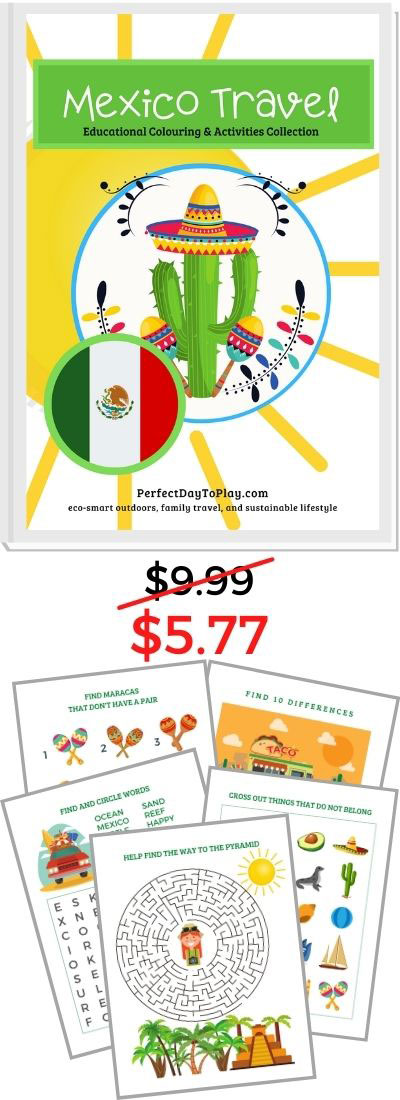
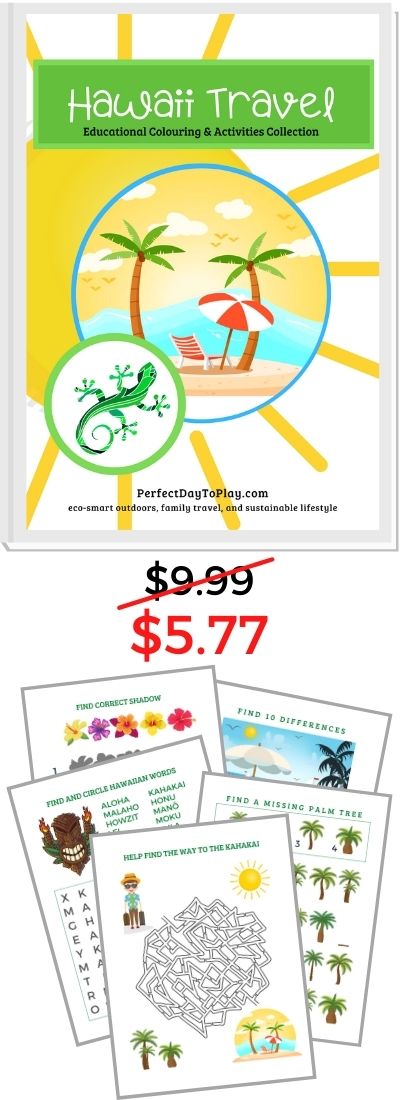
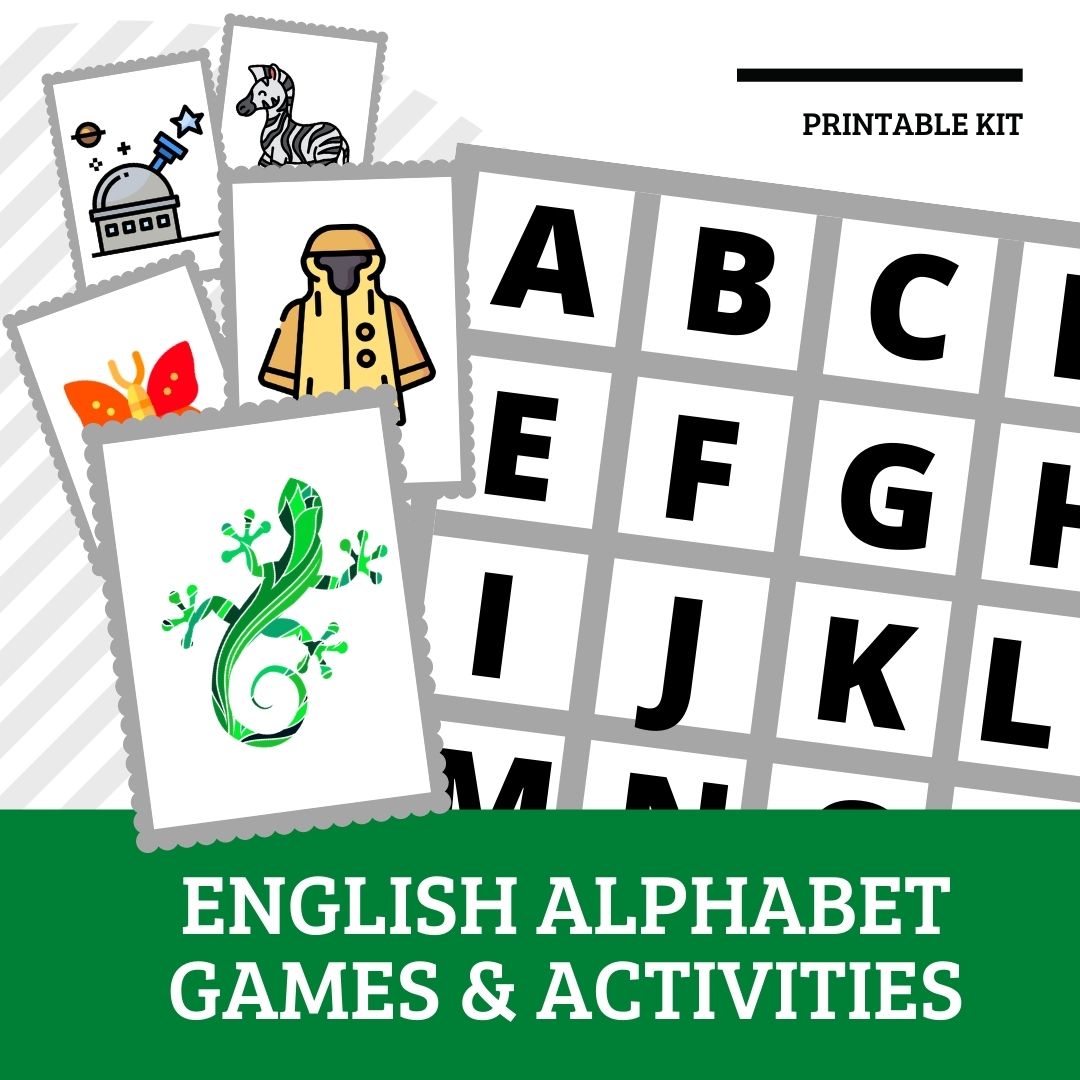
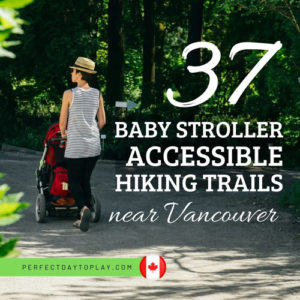

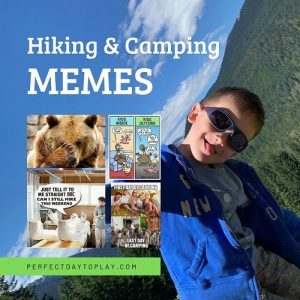




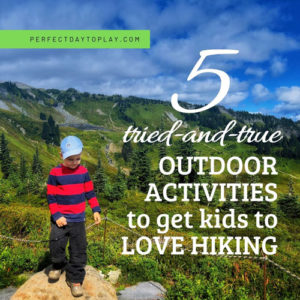




Recent Comments